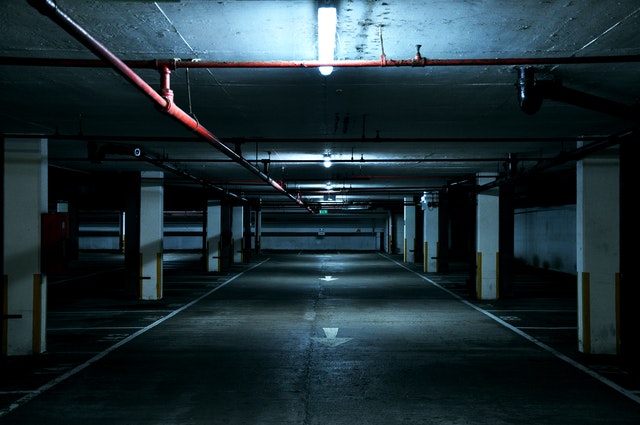So many of our resources are dependent on underground transportation, from natural gas to fiber optic cables. Yet even though these pipelines are buried deep underground, these networks are not invulnerable to environmental or accidental damage. And given the characteristically volatile and dangerous nature of the materials contained in the pipes, steps need to be taken to protect these precious resources to avoid the potentially catastrophic consequences the damage could cause.
A majority of the damage to pipelines happens accidentally because of excavators. The impact of the excavator’s bucket can cause the pipe to rupture, exposing and releasing its contents. This will wreak havoc on the company’s profits in more ways than one. To leave these buried lines unprotected is to leave a flow of money at risk.
The consequences that are most often discussed about pipeline damage are the environmental ones. Often these are typically the most easily observable impacts, so they get a lot of public attention. Many of the pipeline issues that have gotten extensive media coverage involve oil or natural gas, and rightfully so, as these are the effects that can have the most long-term impact. With the amount of these materials transported through pipelines, a spill of any magnitude can be truly devastating to the environment.
Other long-term consequences of pipeline damage can be seen economically, similar to the supply chain crises we are dealing with today. Some communities are entirely dependent on underground networks to bring them the resources they need. A disruption in the supply could cause shortages or service outages. On top of the inconvenience this causes to customers, the cost it takes to repair the damage could be substantial.It is worth an upfront investment to protect these assets to avoid higher costs down the road.
Damage prevention expert, John-Joe Newbert, says, “the initial cost in pipe protection can be a better investment than an expensive insurance policy.” Beyond that, there is a significant impact on the immediate safety of workers when pipelines are damaged. If construction workers are digging into an area that includes underground cables, in addition to the damage that could be caused to the network, they are at risk of injury to themselves. Several fatalities have even occurred due to pipeline damages, so measures must be taken to preserve the integrity of the resources.
Although it is essential to communicate with construction teams to make sure they are aware of any buried assets before work is done, some steps can be taken to prepare for the worst-case scenario. By placing a barrier between the buried line and the surface, an excavator bucket won’t be able to get through and damage the pipeline. It’s the most ingenious, simple-to-implement solution available for this problem.
One of the products that has been developed to help combat pipeline damage is Plate-Guard. Designed to protect buried assets, the Plate-Guard is made with durable plastic that will prevent damage to the pipeline. When an excavator comes into contact with the Plate-Guard, the worker will realize that there is something buried beneath it, and they can look at the sticker that designates who the pipeline belongs to and what it is transporting.
In addition to protecting your materials, measures to safeguard your buried assets will also help ensure the security of construction workers digging in the area and the customers you service. Accidents happen, and while steps can be taken to correct them, it’s far easier to take steps in advance to prevent these mistakes from even occurring.












